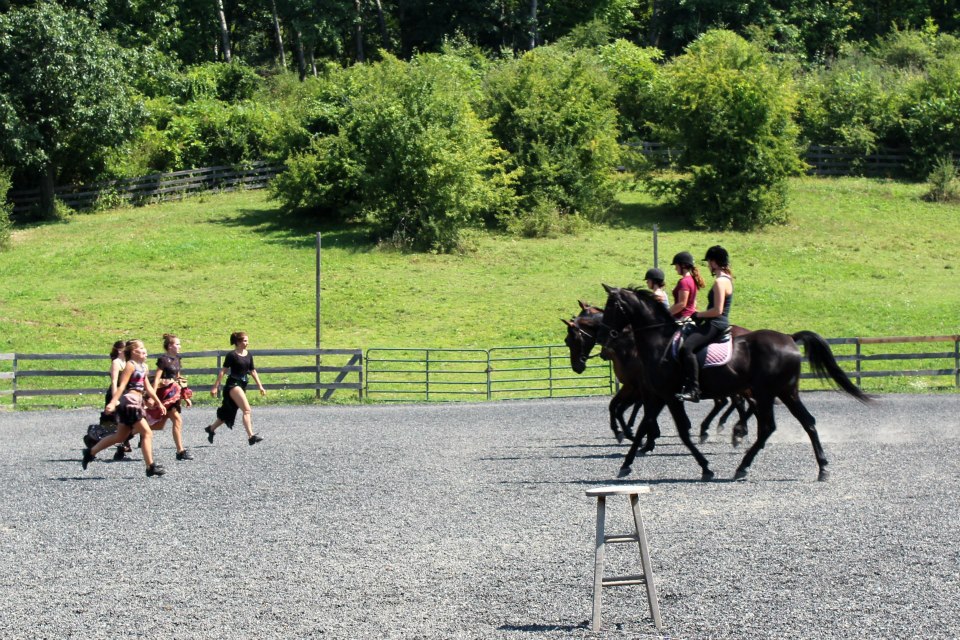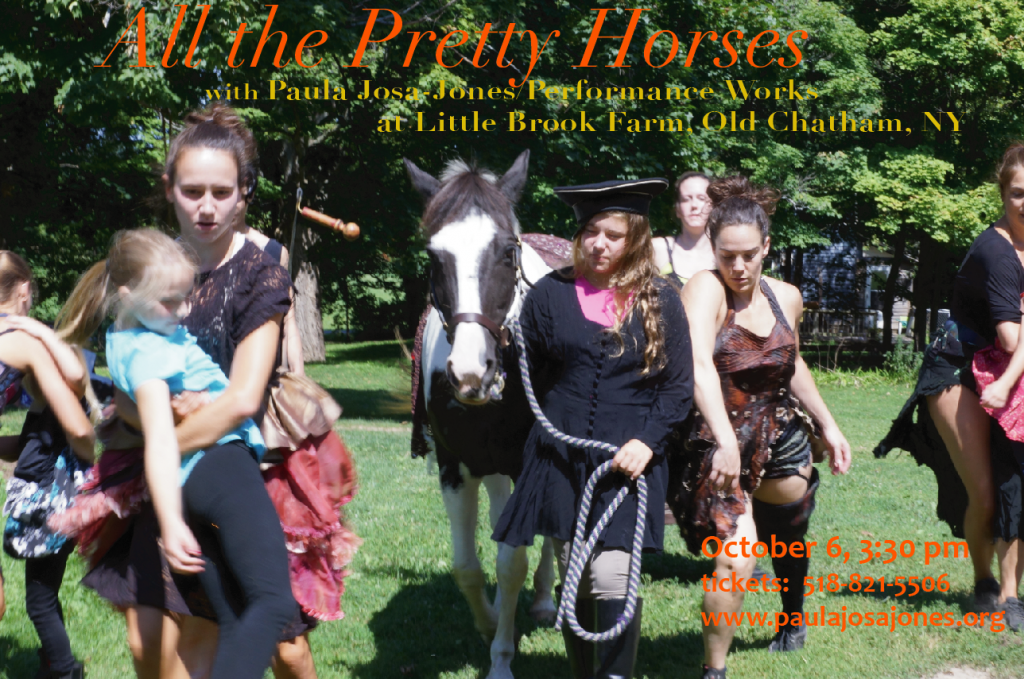 A Mole Salamander
A Mole Salamander
The house on Rockland Road where I was living at the time was small. A cottage, really, with just a story and a half. It was delicious lying in the bedroom at night, under a skylight that was just a few feet above the bed. The stars seemed so close, so touchable, so intimate. Like you could scoop them up with you hand, because the bed seemed to be floating in them.
In the basement lived a salamander. I did not know it was there for many months. The basement was dank and dark with ledges of rock at the back. Cavelike, womblike – a damp, secret place. One day I came down to check a fuse and saw a small head peering out from a small hole in the cement floor that was under a step. I did not know what it was. I watched it. It watched me. When I approached, it withdrew, shy, fearful. I withdrew to the upstairs. I started to visit it daily, sometimes more than once. I wanted to find out who it was, why it was there, and if it was in trouble and needed rescue.
It felt odd to name the salamander, but I felt that was the only way to deepen our relationship. I called it Blue. I read about salamanders – this one is spotted, with blue-black oily skin and rows of yellowish, orange spots that went from the top of the head down the body. At least I assumed this. I could not see it. I did some research:
The spotted salamander usually makes its home around hardwood forest areas. They must have a pond as that is the only place they can lay eggs. A spotted salamander spends most of its time beneath ground level. It hides in moist areas under moss-covered logs or stones. These salamanders are secretive and will only exit their underground home on warm rainy nights in Spring, to breed and hunt. However, during the winter, they hibernate underneath ground level. Their defenses from predators include hiding in leaf litter or logs, and a poison, which is not harmful to humans. In ponds or wetlands they hide near the muddy bottoms or hide underneath leaves at the bottom. They have the ability to drop their tails, to distract predators. If a predator of the spotted salamander manages to dismember a part of a leg, tail, or even parts of the brain/head, then it can grow back a new one, although this takes a massive amount of energy. The spotted salamander, like other salamanders show great regenerative abilities, even being able to regenerate limbs and parts of organs.
Why was it in the basement? Lost, I assumed, and definitely in need of help. Over the next several weeks, I began to feed it and leave a small plate of water. Lettuce, small bits of vegetation. When I came down, I would occasionally see it further out of its hole – almost half-way. I would sit and wait, some distance off to see if it would come out to eat. It did, sliding out, spot by spot, to pull the food back into its cave.
On the day of his rescue, when I went down to feed him, Blue was all the way out of his little cave, and I managed to gently catch him carry it to the nearby swamp. The same swamp where my cat, Hari, had been killed by dogs. I felt quite sure that the salamander would not attract the attention of the dogs. They wanted bigger, warmer prey. Loosed into the black, leaf littered water, he wriggled under cover. I said good bye and good luck, little Blue.
What does the hiding salamander have to do with me today? Blue is the part of me (maybe you?) that is hiding, that is not fully out, that does not want to be seen. The part that is not quite at home. The part that is making do. Also the part that is pretty adaptable and can find a way to make it work under less than idea circumstances. The mole-ish, timid part that nonetheless comes out every day. The lizard-self that has great regenerative abilities, that is growing, making new, despite or maybe even because of, the tremendous effort it requires.
What about you?



